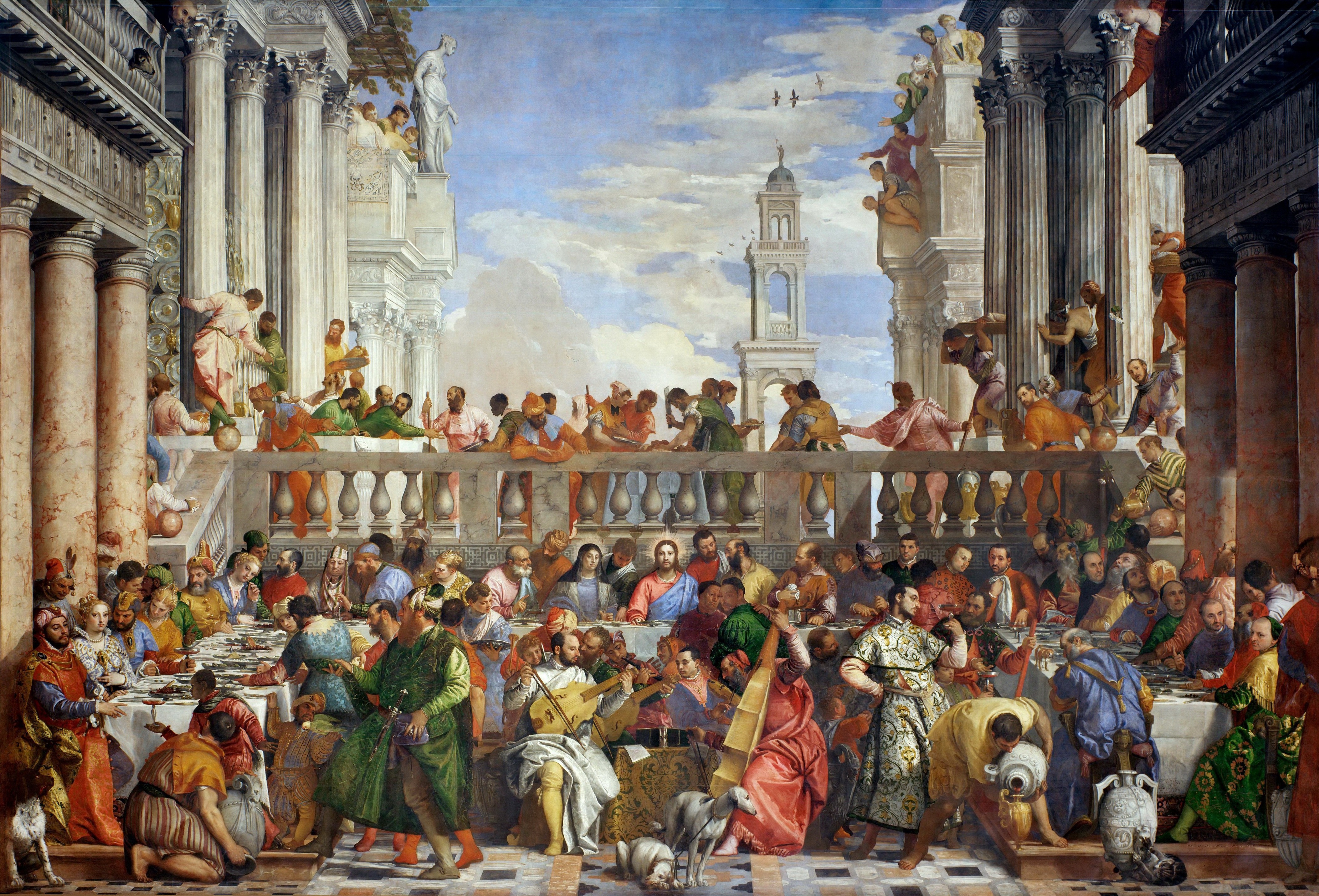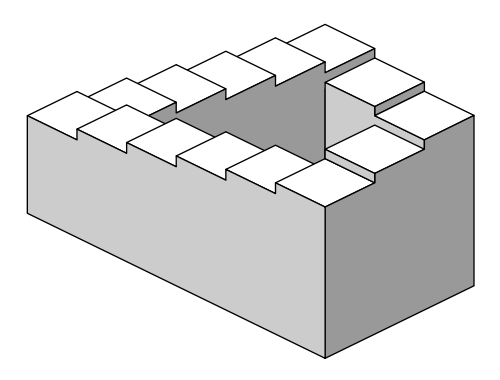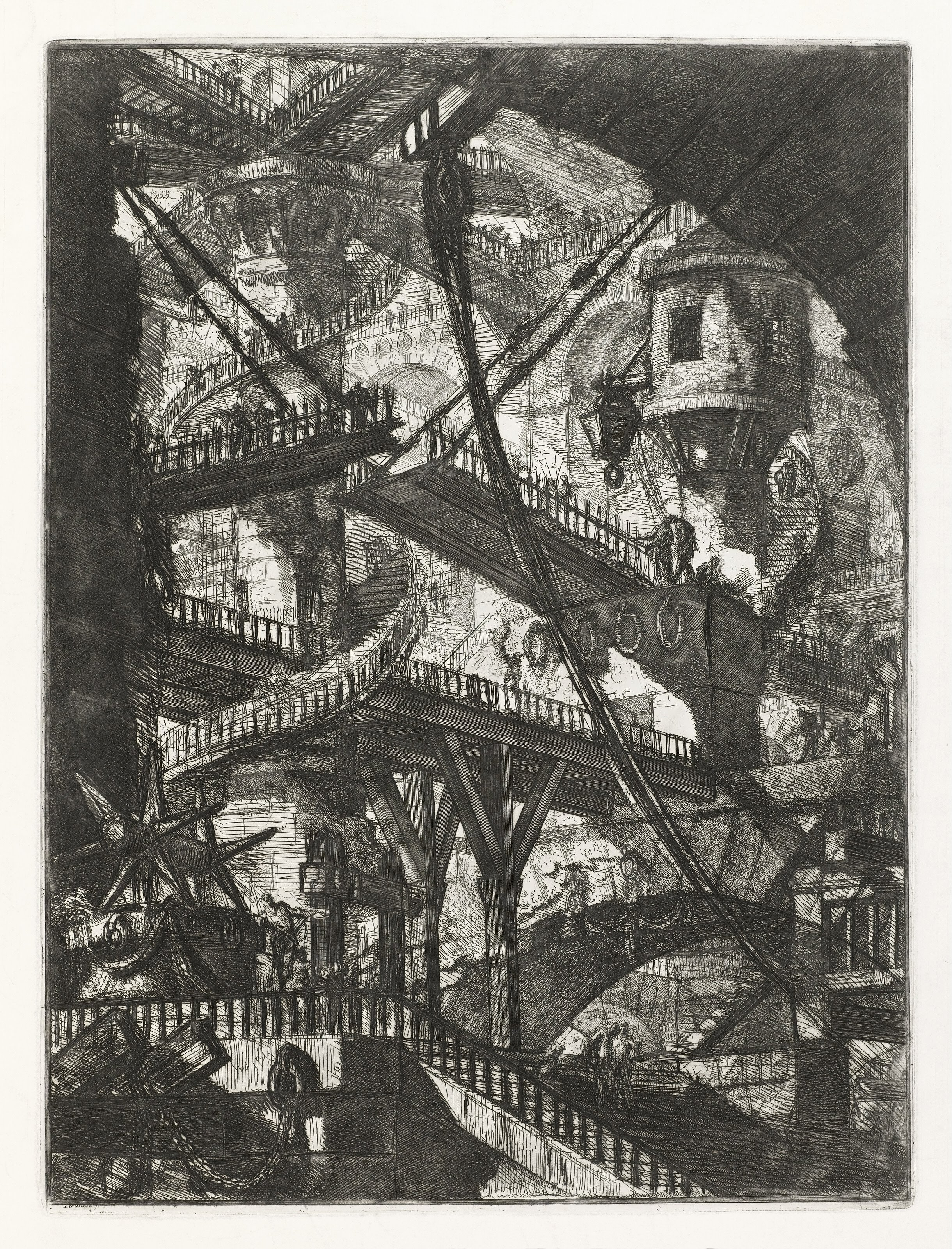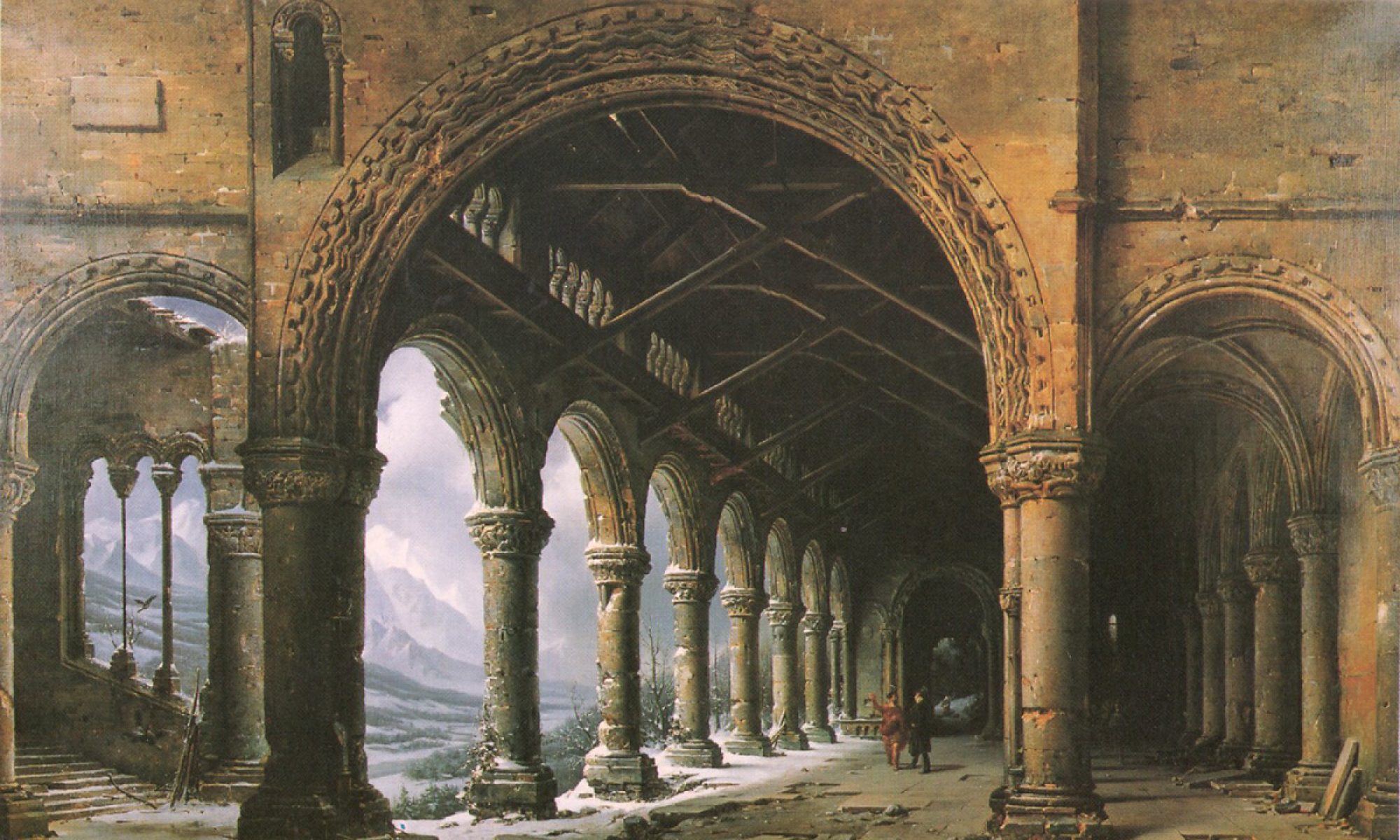I have been thinking about staircases–real and imaginary–a lot recently. The real staircases on my mind are the ones in our house. The ones that my daughters are constantly playing on. They do all sorts of death-defying feats with their stuffed animals on the main staircase, but they’re thankfully more reticent to play on the basement stairs. When we moved into our new house last year, they both decided that the best thing about it is that we finally have an upstairs. And, well, a staircase.
A few months when my husband picked up our older daughter from a birthday party, he arrived at the house to find the kids sliding down the staircase on the their stomachs, feet first. One girl sat to side, clutching her rug-burned face, while the others jostled their way down the steps, faces and bellies rubbing against the carpet all the way down. My husband was mystified by the kids’ fascination with playing on the stairs.
Clearly he didn’t grow up in a house with a staircase. My childhood stairs were heavily carpeted, with the high, brightly-colored pile of late-80’s carpets. I slid down them every way imaginable: feet first, head first, on my bottom, in a sleeping bag, in a cardboard box, in a laundry basket. So did my stuffed animals. The stairs were a place of adventure and joy.
This joy began to fade as others aged around me. First my grandparents could no longer go upstairs to see my Breyer horse collection. Years after that our family dog went upstairs one night and she was too unsure of her own legs to come back down. My dad had to carry her. For weeks we blocked the stairs to prevent her from going up, until she finally realized that the ground floor was her only domain. The staircase has the uncanny ability to mark our passing from one stage of life to the next, before we even realize we’ve taken the next step.
All the world’s a staircase, and all the men and women (and dogs) merely climbers. Stairs are a mountain to the new toddler, a challenge to be met. Gates are erected at the bottom and top of stairs. Months later they prove futile. Soon the big kid becomes so accustomed to going up and down stairs that she leaps over the bottom one, two, three steps on her way down. Later, as philosopher Gaston Bachelard wrote, ascending the stairs becomes a feat of strength for the teenager, an exercise in skipping steps, seeing how long growing legs can reach. We may do this as adults, if we’re training to hustle up the Hancock in Chicago. But in general, as we age we avoid unnecessary trips upstairs, until we finally give up all together and bed down, like an old dog, on the ground floor, sans everything upstairs.
At its most basic, the staircase is, like the hallway, simply a conduit allowing circulation from one space to the next. The main staircase of the home connects the cozy, private spaces of the upstairs to the open, family-centric spaces of the ground floor. But unlike the closed-in hallway, the staircase is a stage of domestic drama and display. Kids rush down it to find presents from Santa, knocking garland from the banister on the way. Parents use it as a makeshift podium, proclaiming demands from the foot of the stairs. Invariably, angry teenagers storm up the staircase. And then weeks later it’s prom and they’re posing on the staircase for awkward photos.
In stately homes, where the stairs and the foyer comprise one grand entrance, the drama ascends from the domestic to the aesthetic. Here the staircase follows the artistic imperative of a palatial staircase or a grand theater staircase where the form is as important as its function, according to Charles Garnier, 19th-century architect of the Opera Garnier in Paris. A good staircase, he said, has an aesthetic motif that develops in concert with the building’s décor and thus contributes to the overall look of the design. How often do we see on HGTV homeowners changing the railings and spindles of an 80’s staircase to better match their new modern farmhouse aesthetic? A dated staircase can make or break a room.
The visual impact of the grand staircase is also in its presentation of space as a stage for those milling about it. The experience of the grand staircase of the Opera was, according to Garnier, as much a spectacle as the opera itself. We know from artists like Renoir and Degas that the theater box framed beautiful spectators to be admired, like static portraits, by male theatergoers (For a feminist perspective, see Cassatt’s brilliant reversal of this creepy 19th-century practice, below).

On the grand staircase of the Opera, life was staged. Here, those sitting in the luxury boxes mixed with less wealthy patrons who ascended the grand staircase on their way to secondary, very ordinary stairs. The grand staircase was the only place such social mixing occurred. The theatergoer would gaze at the crowd of fellow spectators and in turn be watched by them. Garnier declared his staircase similar in this respect to the stairs-as-stage that is the setting of Paolo Veronese’s The Wedding Feast at Cana.

We see this in popular art as well. The staircases of the film Gone With the Wind form a collective stage where the drama of Scarlett’s life play out. We see the ghostly ruins of Twelve Oaks, the family home of Ashley Wilkes, which are precariously held together by the grand staircase, skeletal and struggling to reach the second floor. Scarlett and Rhett’s tumultuous relationship is a continual staircase to run up and down, to be carried up, and to fall down. The final scene of the film depicts Rhett’s unwavering descent of the staircase in their Atlanta home, cut so that he seems to move directly from the stairs into the fog of not-giving-a-damn. Scarlett flings of herself onto the stairs, and she has her final epiphany there. Without the staircase scenes, Gone with the Wind would be less dramatic by half.
Striding down the stairs and out the door is an excellent way to definitively leave a relationship. It even works for dramatically exiting a party or a conversation. Though now we’d rather slink out on the sly. In 18th-century France, however, you’d always exit a party by means of the home’s grand staircase. Sometimes it was only in leaving the party, as you strolled down the stairs, that you would think of a good comeback for Baron de ***’s snide comment that had momentarily silenced you. Diderot called this l’esprit de l’escalier: staircase wit. He was not the only philosophe who suffered from l’esprit de l’escalier. Jean-Jacques Rousseau was notoriously slow on his comebacks, letting wounds fester for years before writing a response to those who maligned him. I tell you this so you know you’re in good company whenever you are afflicted with l’esprit de l’escalier.
Of course none of this is why kids are so tempted to play on the stairs. I watch my daughters tie ribbons on spindles for stuffed animals to use as mountaineering ropes. They push their toys down the banister, using it as slide. For them the main staircase of the house is anything but a staircase. It is almost as if they are tapping into the symbolism of the staircase. Not the dream dictionary version of what the staircase symbolizes—a journey!—but closer to the symbolism of authors and artists. The staircase is always challenge for the soul. If it is a journey, it is a metaphysical one. We always start at the bottom and look up at something divine and exquisite at the top. From the top, the view downwards is treacherous and vertigo-inducing.
Near the end of the The Dead, Joyce positions his protagonist, Gabriel, in the shadows at the foot of a staircase, looking up longingly at his wife, who is bathed in ethereal light, listening thoughtfully to some soft and distant piano tune. In this moment he believes he sees her as a painter would and imagines the colors he would use in the painting. For her part, at the top of the stairs, Gretta is in a completely different world from her husband. From where she stands she can hear the music distinctly, not distantly, as Gabriel imagines, and it has transported her to her youth with memories of a boy who loved her. Though Joyce doesn’t mention it, one can imagine the vertigo Gretta must have felt as she descended the stairs, descended from her nostalgic reverie to find her husband lurking in the darkness at the foot of the stairs.
The view from the top of the stairs doesn’t always have to be different from the view from the bottom. M.C. Escher, my favorite artist as a teenager, designed his lithograph Ascending and Descending after the impossible Penrose stairs.

It is an optical illusion in which any given step of this square-shaped staircase appears at once above and below the one before it or after it. Escher’s print places this illusion in the context of a Spanish-style villa, where the roof-top patio is comprised of the Penrose staircase. Escher puts two rows of human figures on the stairs, facing opposite directions, one leg lifted. Like the steps, they are always ascending and always descending at the same time. Looking at this print now that I’m far removed from my teenage years, the continual motion with no possible goal is nightmarish and suffocating. But I distinctly remember my friends and I simply seeing it as a cool optical illusion, on par with the one where you can see an old lady or a young woman.
The never-ending staircase is an often-dreamed of nightmare. Another of Escher’s prints, Relativity, depicts the interior of house with multiple staircases arising from multiple perspective points. It recalls the some of the 18th-century prints in the Carceri d’Invenzione series by Piranesi. Piranesi’s menacing staircases are self-multiplying instruments of prison torture, like the treadmill, but worse. These staircases furnished the setting of the drug-induced nightmares of 19th-century authors Thomas De Quincey and Théophile Gautier. The former dreamed of ascending them, while the latter descended; both directions led to a personal hell.

My own obsession with staircases began with one that abruptly and definitively ends, seemingly mid-riser. On a family trip before my teenage years, I visited The Winchester Mystery House™ in San Jose, CA. The draw of the place is the lore of hauntings in a quirky house designed by superstitious spiritualist Sarah Winchester: doors that lead to 20-foot drops, windows on floors, a secret séance room and the repetition of the number 13. What I found most intriguing was a staircase. Not grand: it was clearly the service staircase. It ascended directly into the ceiling. There was no trap door or hatch to open at the top of the stairs. The staircase looked like it was lopped off at the head by the ceiling. And that incongruous image of violence done to architecture stayed with me for decades, until finally I wrote a dissertation featuring never-ending staircases and impossible architecture.
Despite this, despite my obsession with staircases, real and imagined, I still yell at my daughters for playing on the stairs. I’m a mom and I can foresee all sorts of catastrophes. I don’t want them to actually play on the stairs. I want my daughters to climb the staircase into all the possible imaginary scenes it awakens. I want them to always see the staircase as more than functional because the gradual closing of possibilities, the eventual functionalizing of the staircase as we age marks the insidious withering of our inner lives. So play on the stairs once in a while. Tread, for a few steps at least, the ingenious staircases of artist, mathematician, architect, Scarlett, Diderot, surly teenager, and rug-burned child.
